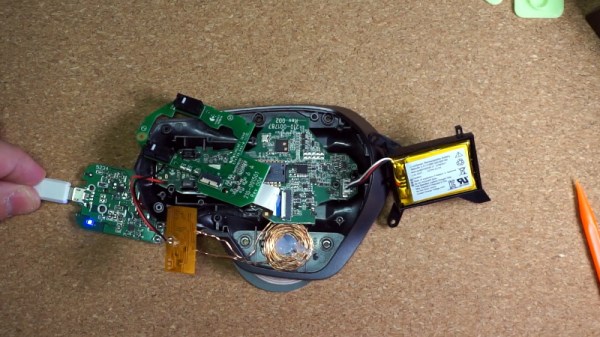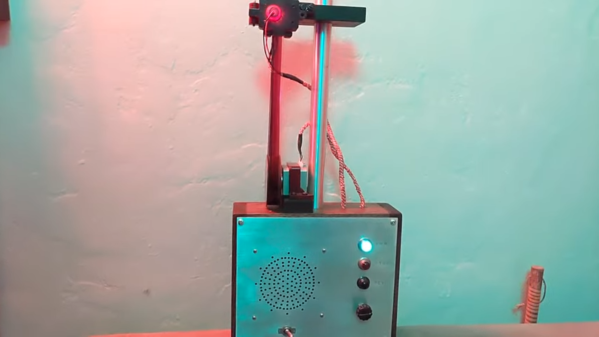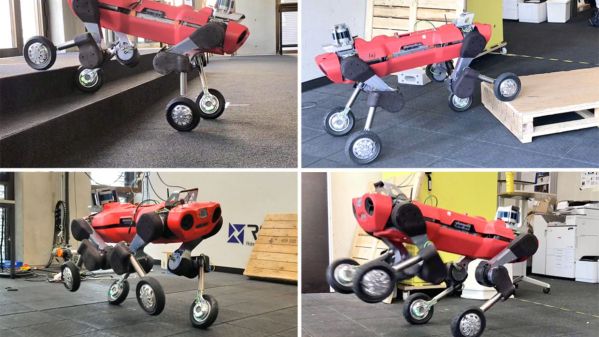The Unix Way™ provides extreme hackability. The idea is that software should be written as tools to accomplish discrete tasks, and that it should be modular, extensible, and play well with others. It’s like software as a LEGO set — you can put the blocks together however you want, within limits, and make stuff that’s significantly cooler than any of the individual blocks alone.
Clearly this doesn’t work for all applications — things like graphics editors and web browsers don’t really lend themselves to being elegant tools that integrate well with others, right? It’s only natural that they’re bloaty walled gardens. What happens in the browser must stay in the browser, right?
But how sad is it that the one piece of software you use all day, your window into cyberspace, doesn’t play well with the rest of your system? I’d honestly never really been bothered by that fact until stumbling on TabFS. It’s an extension to Chrome that represents the tabs on your browser as if they were files on your local system — The Unix Way™. And what this means is that any other program that can read from or write to a file can open tabs, collect them, change webpages on the fly, and so on. It opens up the browser to you.
This is tremendously powerful. Don’t like the bookmarking paradigm of your particular browser? Writing your own would be a snap in Python — and you could do cleverer things like apply a little machine learning to handle putting them in categories. Want to pop open (or refresh) a set of webpages at a particular time every day? Cron, or its significantly more complicated counterpart systemd, and a couple lines of code will do that. Want to make a hardware button that converts dark mode to light mode and vice-versa for every website starting with “H”? Can do.
I’m picking on browsers, but many large pieces of software are inaccessible in the same way — even if they’re open source, they don’t open up channels for interaction with user code or scripts. (Everything “in the cloud” or “as a service”, I’m looking at you! But that’s a further rant for another day.) And that’s a shame, because most of these “big” pieces of software actually do the coolest things.
So please, if you’re working on a big software package, or even just writing a plug-in for one, do think about how you can make more of its abilities available to the casual scripter. Otherwise, it’s just plastic blocks that don’t fit with the rest of the set.





















